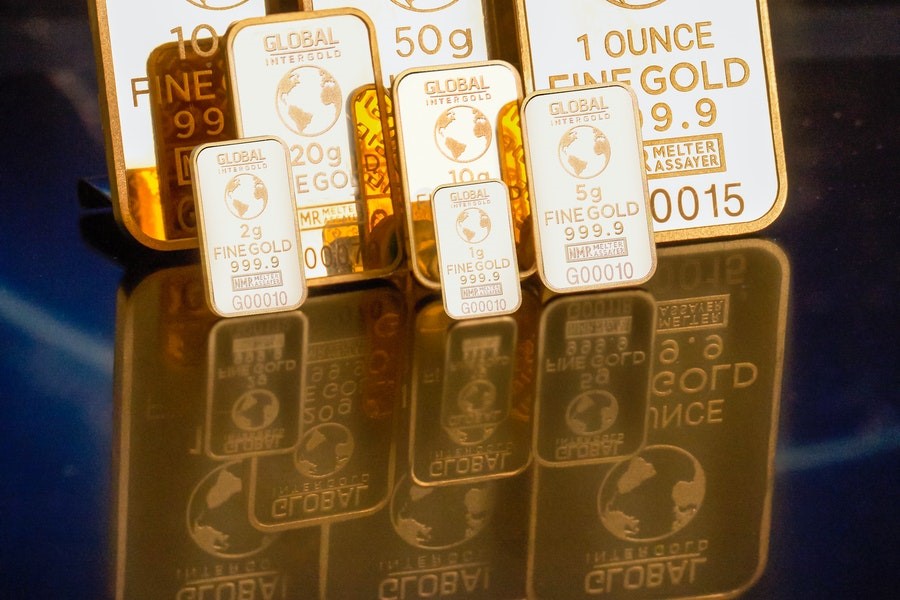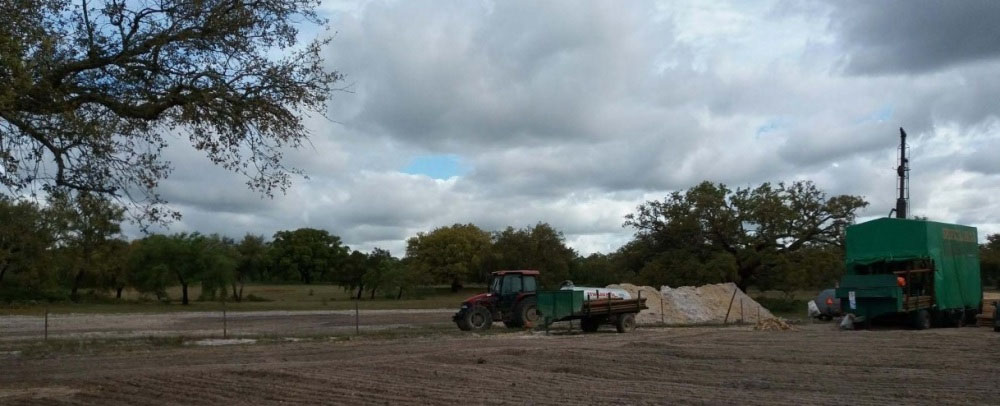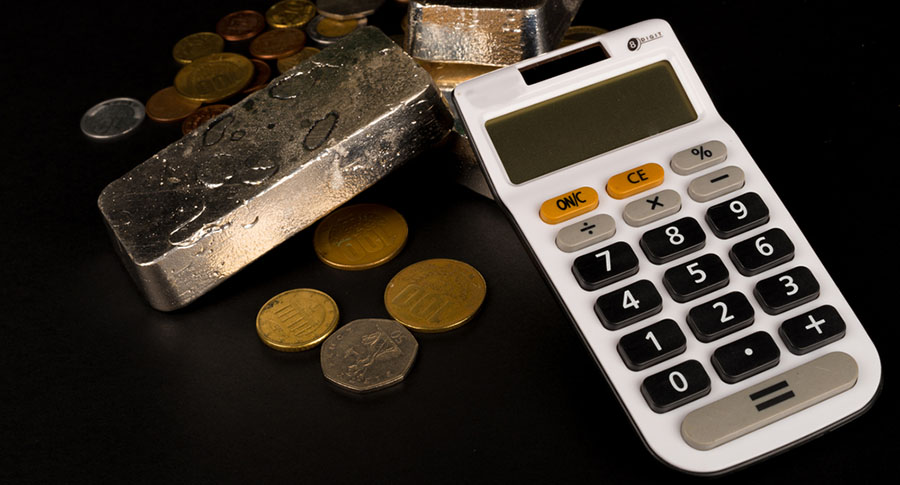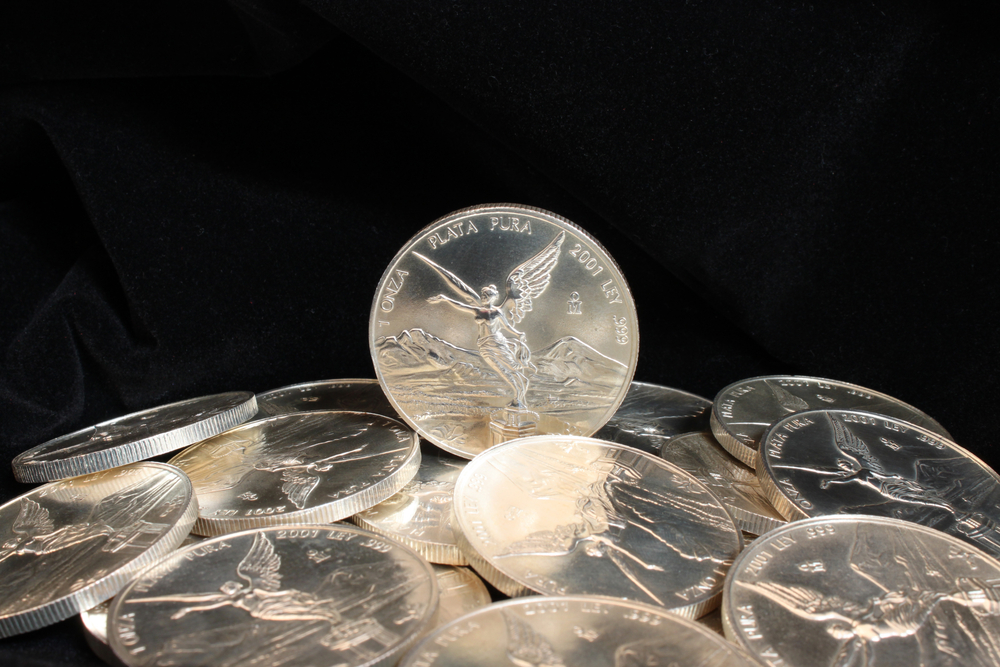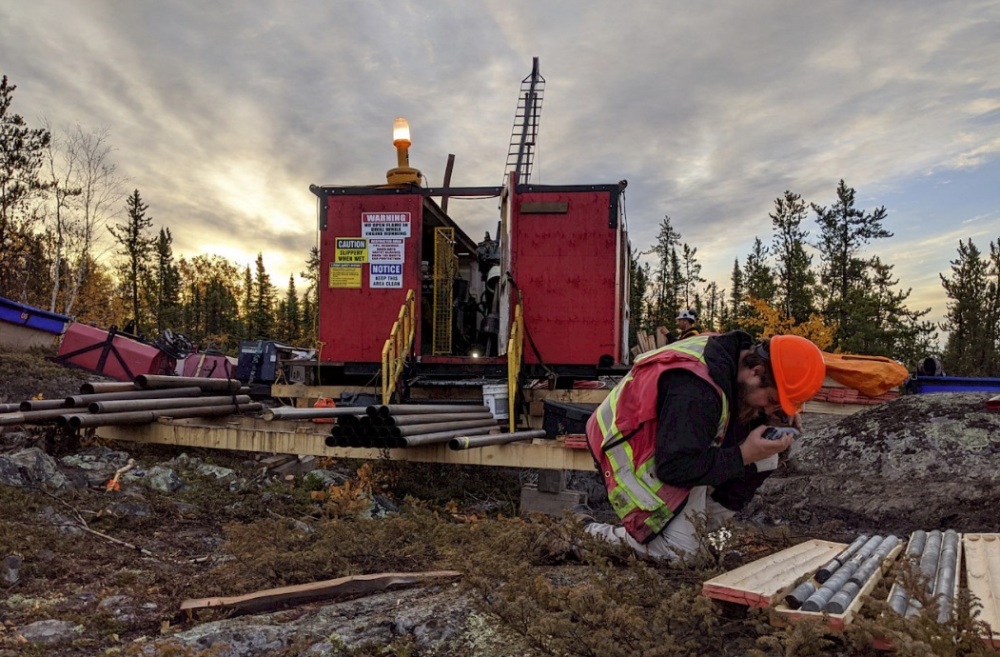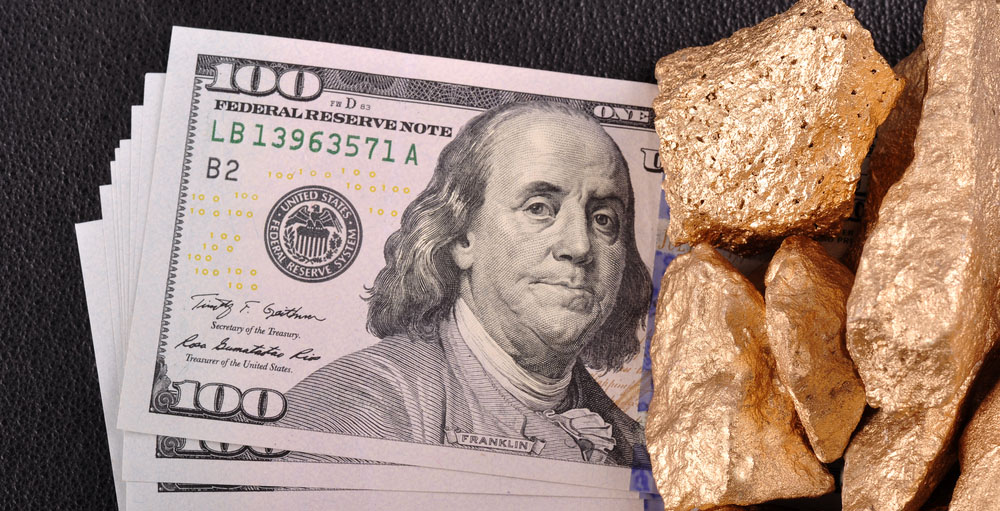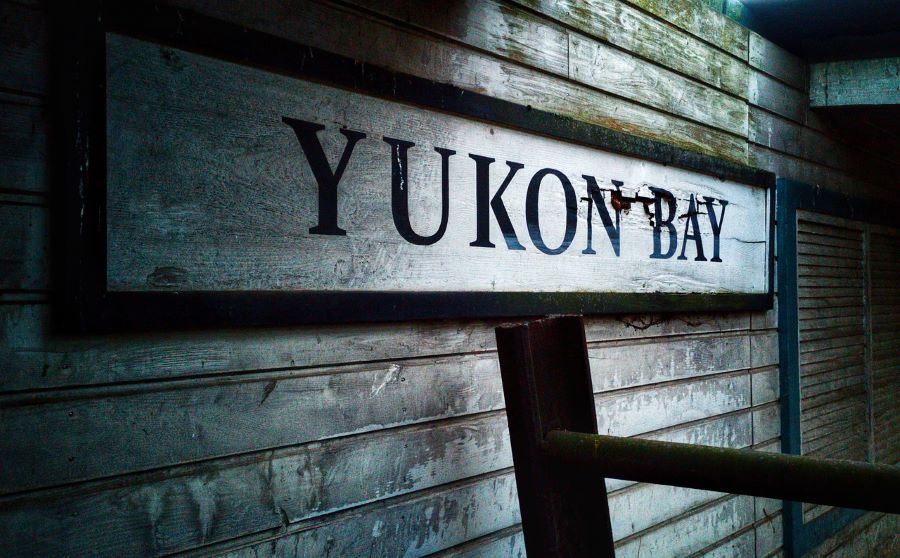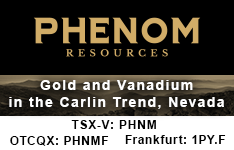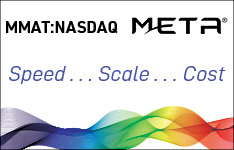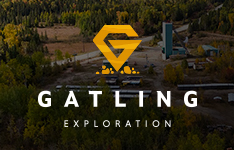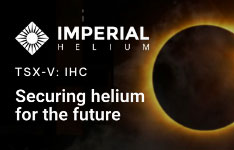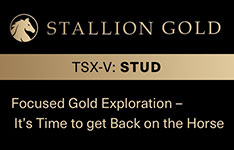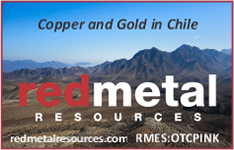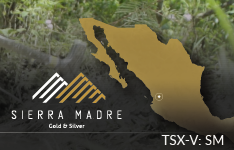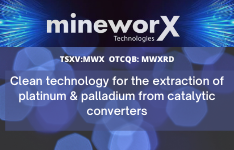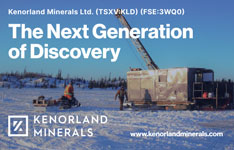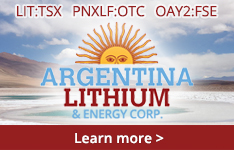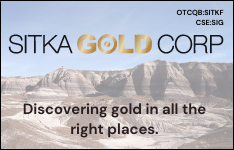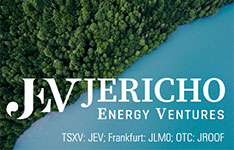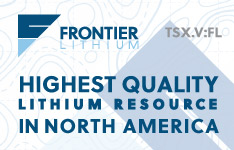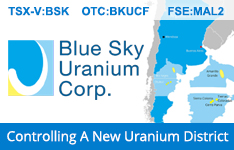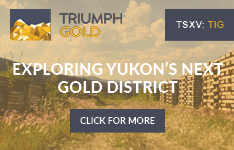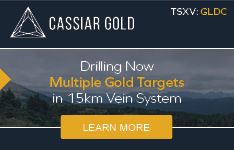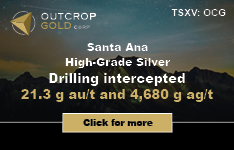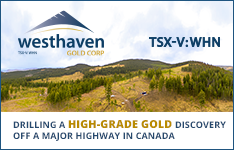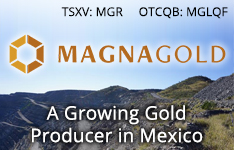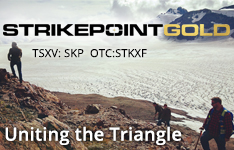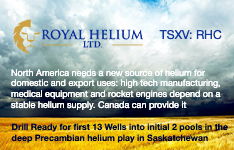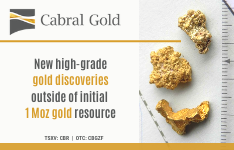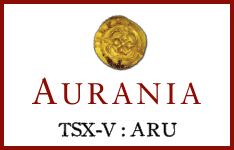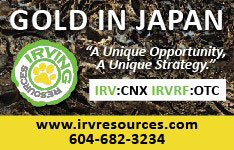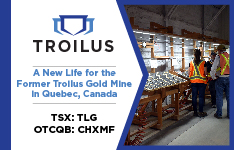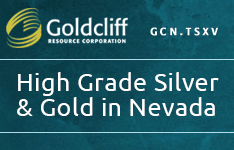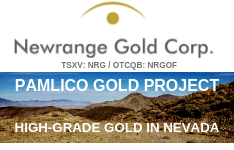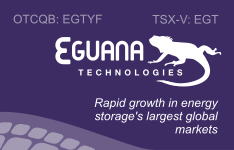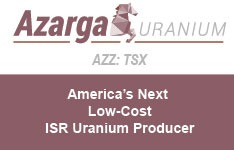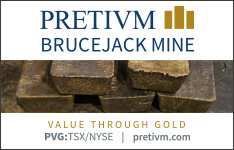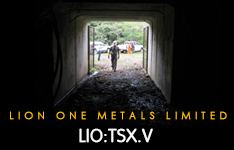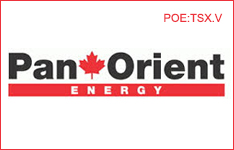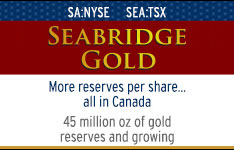Quinton Hennigh, Geologic and Technical Director of Crescat Capital, began his presentation on mining explorers with one the funds firm invested in only two months ago: Cassiar Gold Corp. (GLDC:TSX.V; CGLCF:OTCQX; 756:FRA). He highlighted that the geology and potential scale of the company's project are noteworthy.
Cassiar has consolidated a large land package in extreme northern British Columbia (B.C.) that covers most of the prospective ground of a 15-kilometer trend. The regional terrain features orogenic gold in a northeast-trending belt extends from eastern B.C. up through the Yukon. In its land package, the company has several targets but has only drilled a mineral resource at one, Taurus: 1,000,000 ounces of gold at 1.43 grams per ton (1.43 g/t). This resource is "okay, not super high grades but potentially economic in an open-pit setting," Hennigh said.
The deposit, however, remains open in all directions, and Cassiar is continuing to drill in that area. It also committed to spending half of this year's exploration budget on drilling some high-grade areas, South Cassiar being one. This target shows an en echelon pattern of fracturing, or veining, which tend to host very high-grade mineralization interspersed with low-grade mineralization.
"A lot of the veins through this camp run 15, 20, 30 g/t. That's the kind of stuff I really get excited about," Hennigh said.
There could be many more vein networks throughout Cassiar's 15 kilometers, he added, and they could be stacked. Thus, the potential scale of the mineralization there is immense. There are "just zillions of veins that are near surface, readily accessible for exploration and future development. This is a very exciting gold environment. You got a heap of high-grade targets to work with."
Hennigh pointed out that Cassiar's geology reminds him of that of Muruntau in Uzbekistan, the largest gold-producing mine on earth and is "almost identical" to that at Barkerville Gold Mines' project, also in B.C.
Cassiar has a fairly tight share structure with 60 million (60M) shares outstanding, or 90M including warrants and options. The market cap is about $23M, and the company has about $6M in the bank.
Cassiar is led by a strong team with varied expertise, from finance to mining to geology. According to Hennigh, Doug Kirwin, one of the technical advisers, "has a really good sense of discovery and he knows where a lot of good properties are." David Rhys, another technical adviser, is one of the most sought after structural geologists in the industry.
Next, Hennigh reported what is happening with six other explorers.
Eloro Resources Ltd. (ELO:TSX.V; ELRRF:OTCBB) has been drilling more and more holes in the area north of the Santa Barbara pipe, Hennigh said, which means the company is seeing a lot of mineralization there.
Also, Eloro drilled a series of radial holes coming out of the branch of the breccia pipe, including one that goes to the southwest under the Porco adit.
"You don't drill holes like that unless you see something, so I'm going to be very anxious to see what results come out of those holes," Hennigh said.
In recent news, a recent drill result highlight from Santa Barbara is 194 meters (194m) of 160 g/t silver equivalent, "a fantastic result," per Hennigh. Along with silver, this polymetallic system contains about 2.5% zinc, lead and tin, making it "an exceptional deposit."
The company plans to calculate a resource for an area at Santa Barbara that is about 1,200m long, about 500m wide and about 600m deep.
Regarding Eskay Mining Corp. (ESK:TSX.V), with snowing already falling on parts of its land package, the company only has about two more weeks in which to drill. It is pushing hard to complete the 30,000m it planned to drill.
New Found Gold Corp. (NFG:TSX.V; NFGC:NYSE.American) has two pieces of news. One, it began trading on the New York Stock Exchange under the symbol NFGC, thereby expanding its exposure.
Two, the company released some "very good results," Hennigh reported, from the Golden Joint area of its project, between the Keats and Lotto zones. Whereas returned intercepts are narrower than previously reported ones, many are very high grade.
"They're seeing this thing grow by leaps and bounds," Hennigh added. "I think they're going to see something bigger and better kicking around. I don't think they've quite lanced the heart of this sucker, but I think it's nearby."
As for Tombill Mines Ltd. (TBLL:TSX.V; TBLLF:OTCMKTS), it is drilling the downdip extent of the F zone that occurs on Equinox Mining's Hardrock property. A wedge hole drilled off the mother hole returned 5.29 g/t gold over 8m. It also showed 13.88 g/t gold over 2m in a new mineralized structure being called the F2 zone.
Also, Tombill is now starting to drill near surface at Telmora, a target that could contain mineralization similar to the open-pittable mineralization at Hardrock, Hennigh said.
Kingfisher Metals Corp. (KFR:TSX.V: KGFMF:OTCQB; 970:FSE) took advantage of the wait time for drill results from the lab by taking soil samples on untested areas of its property, looking for other potential areas of gold. From that work, it is finding the precious metal in many new locations, which might amount to Cloud Drifter Trend-type targets.
"This is actually very important data. It says that there's a lot more gold mineralization occurring across the property," Hennigh said.
Another gold explorer, Novo Resources Corp. (NVO:TSX.V; NSRPF:OTCQX), in aggressively drilling new targets at its Talga Talga project, hit some high-grade intercepts, including 3m of 25.5 g/t gold and 3m of 23.3 g/t gold, Hennigh said. The geology there is a fairly flat orogenic system amenable to open-pit mining.
In terms of White Rock Minerals Ltd (WRM:ASX; WRMCF:OTCQF), it has been drilling in the Dry Creek zone of its volcanogenic massive sulphide system in Alaska. A stepout hole about 200m downdip hit 5.8m of 0.5% zinc, 3.4% lead and 69 g/t silver.
"This is an exceptional result. I mean this is a huge stepout on that lens," Hennigh added. "I can see where they can easily double the resource at the Dry Creek zone."
Hennigh discussed a challenge many exploration companies are facing, and that is having to wait long periods for drill results to come back from the lab. The delay is due to the facilities being backlogged, resulting first from COVID-19 shutdowns and now, understaffing and difficulties finding workers.
The process the labs use to derive drill results from core samples has multiple steps, and Hennigh described those in the broadcast.
The work begins at an explorer's project, where the drill rig produces core, oftentimes about 40–60m worth per day. The core is logged then samples are taken from it, bagged and sent to the lab for assaying.
At the lab, all incoming samples are inventoried, dried and stacked in pallets until the assaying process begins.
When that happens, the samples are crushed and that material is put in a splitter that separates it into smaller batches. The material then gets pulverized into a powder.
Next, the powder is weighed. If the mineralization is gold, most often a fire assay is conducted on about 30 grams of it. With the fire assay, the powder is put into crucibles, chemicals are added, and the crucibles heated in an oven, melting the rock. The heat causes the gold to separate and fall to the bottom of the crucible in a pool of lead.
The gold and lead are placed in a cupel and heated in the oven to separate the two metals. The lead soaks into the dish, and the gold (or silver) forms a bead. That bead is then dissolved in acid and put in a machine that analyzes the amount of gold or silver dissolved in the acid. Ultimately, numbers, or results, are generated.
Looking forward, whereas the exploration season will end soon for many companies, news flow will not, Hennigh noted. Given the backup at the labs, winter should be filled with reported drill results.
"We got so many stories that are going to be delivering here," he added.
Disclosures:
1) Doresa Banning compiled this article for Streetwise Reports LLC and provides services to Streetwise Reports as an independent contractor. She or members of her household own securities of the following companies mentioned in the article: None. She or members of her household are paid by the following companies mentioned in this article: None.
2) The following companies mentioned in this article are billboard sponsors of Streetwise Reports: ?????. Click here for important disclosures about sponsor fees. As of the date of this article, an affiliate of Streetwise Reports has a consulting relationship with ?????. Please click here for more information.
3) Comments and opinions expressed are those of the specific experts and not of Streetwise Reports or its officers. The information provided above is for informational purposes only and is not a recommendation to buy or sell any security.
4) The article does not constitute investment advice. Each reader is encouraged to consult with his or her individual financial professional and any action a reader takes as a result of information presented here is his or her own responsibility. By opening this page, each reader accepts and agrees to Streetwise Reports' terms of use and full legal disclaimer. This article is not a solicitation for investment. Streetwise Reports does not render general or specific investment advice and the information on Streetwise Reports should not be considered a recommendation to buy or sell any security. Streetwise Reports does not endorse or recommend the business, products, services or securities of any company mentioned on Streetwise Reports.
5) From time to time, Streetwise Reports LLC and its directors, officers, employees or members of their families, as well as persons interviewed for articles and interviews on the site, may have a long or short position in securities mentioned. Directors, officers, employees or members of their immediate families are prohibited from making purchases and/or sales of those securities in the open market or otherwise from the time of the decision to publish an article until three business days after the publication of the article. The foregoing prohibition does not apply to articles that in substance only restate previously published company releases. As of the date of this article, officers and/or employees of Streetwise Reports LLC (including members of their household) own securities of ?????, a company mentioned in this article.


